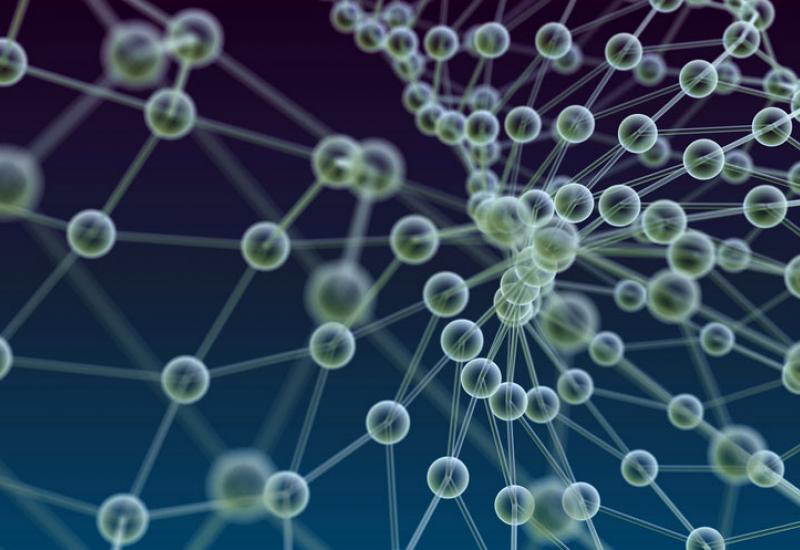This transformation takes place in the working bodies that absorb the energy of one kind and give it out in another form. Even Sadi Carnot pointed out that for the conversion of heat into mechanical motion one must use the bodies, which can overcome the resistance by changing their volume when the temperature changes. He also noted that for this purpose one can use solid, liquid, but the most appropriate is the use of gas that expands the most of all when heated. In converters of thermal energy into mechanical energy - heat engines there are were used as the working bodies gases and vapor, which when heated absorb thermal energy, and during the expansion carried out the mechanical work.
Thus, in all the heat engines the kinetic energy of the random thermal motion of the molecules of gas is converted in the movement of the piston or the gas flow. Twenty years ago, any power engineer or mechanic could, as they say, subscribe to the words Sadi Carnot, that the gases are as if designed for the use in heat engines. How else can change the volume of body with the temperature change as if not as a result of thermal expansion or volume change during phase transitions?
In the early 80-s last century, V.A.Eroshenko proposed a new principle of the change in volume when the temperature changes and, therefore, fundamentally new working fluid for transformers thermal energy into mechanical energy - heat engines. The idea V.A.Eroshenko is that the heterogeneous thermodynamic system in the form of "liquid - a capillary-porous body which is not wetted by the liquid" the total volume of the system depends on the degree of pore filling fluid, respectively on the pressure and temperature, and since the degree of filling of the pores for a given pressure depends on the surface tension of the liquid, while the latter depends on the temperature. Thus, in such power converters are used intermolecular forces. Since the latter depend on the temperature, scientific field that explores the use of surface tension forces to perform mechanical work is named "Thermomolecular energy."
Heterogeneous working body type "liquid - capillary-porous body not wetted by that fluid" has many unusual properties.
Unlike traditional, a state of the new working body is described by two equations, the pressure and the volume are already a mutually independent parameters of the system. This offers the prospect of creating devices, which have no analogues in the traditional engineering thermodynamics.
Unusual physical and thermodynamic properties of the new working bodies are as follows: the adiabatic unsqueezness in equilibrium process; coefficient of isothermal compression and isobaric expansion coefficient can be infinitely large (up to infinity); possible implementation of the isobaric-isothermal compression processes (extensions) without a phase transition in the system; isothermal compression and expansion processes can proceed with hysteresis coordinate "pressure"; thermal elastic coefficient new negative working fluid, i.e. the system is easier to compress at elevated temperature than at low. The new body expanded under cooling. It has the shape memory effect when subjected to a thermomechanical impact, the effect of increasing its volume by 10 times more than nitinol and other alloys with the shape memory. Compression and expansion processes of the new working medium flow silently. Compression (expansion) of the system can reach values of 0.001 s.
A new thermodynamic cycle using said working medium in which the process of converting thermal energy into mechanical energy characterized by the degree carnotization 0.6-0.8. Proved the feasibility of the inverse of the thermodynamic cycle and the creation of CFC-free refrigerators. On the basis of new bodies there are created compact batteries of mechanical and thermal energy, shock absorbers and dampers with high coefficient of energy dissipation, autonomous (from traditional energy sources and communication channels) actuators with a wide range of movement and effort developing and developed Thermomolecular drive with broken in time thermodynamic cycle.
On the basis of Thermomolecular effects one can create heat engines, CFC-free refrigerators, high-performance shock absorbers and so on. They can use water and aqueous solutions, the low temperature of the eutectic liquid. As capillary-porous matrixes there are usedsilica, aluminosilicates, porous glass, alumina, zeolites and others.
In heterogeneous systems the work is carried out by inter phase surface. Since the specific surface area of fine substances can reach several thousand square meters per one gram, the energy stored heterogeneous working fluid can be 2-3 orders of magnitude greater than the gas and vapor, and therefore the working chamber, the transducers can be substantially smaller.
Today, mechanisms and devices, whose designs are based on the principles of openness, are used in aerospace and aeronautical engineering, nuclear power plants and other facilities. Since both the new working fluid, and devices based on this newly created opportunities for the development and application of devices in which it is used, without exaggeration can be called unlimited.
Scientific importance of basic concepts termomolecular energy and their applicability to the correct analysis from a unified point of many phenomena and regularities in the animate and inanimate nature, as well as for a reasonable forecast of thermo-mechanical systems, is follows from the established scientific fact: the dimension of the space can act as a thermodynamic potential of the system. This means that in addition to the usual work for Technical Thermodynamics of compression (expansion) with a mandatory change in the volume of work, there is forming when the relevant processes in a thermodynamic system can be carried out at constant volume system components.
More detailed information on the new direction of the technology can be found under: Yeroshenko V.A.Termomolecular Energy / Industrial heating engineering. - 1992. - t.14. - №1-3. - S.24-25

